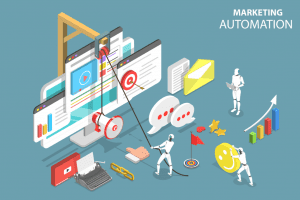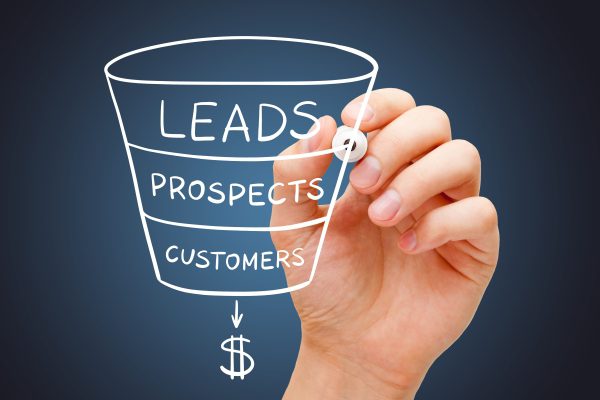
The Power of Story Branding: What We Can Learn from Successful Brand Stories
In today’s competitive marketplace, establishing a strong brand identity is essential for businesses looking to stand out and connect with their target audience. One powerful tool that can help achieve this is story branding. By weaving narratives into their brand strategies, companies can create emotional connections, engage customers, and leave a lasting impression. In this article, we will explore inspiring examples of successful brand stories from renowned brands. Additionally, we will uncover valuable lessons you can apply to your own brand strategy.
The Elements of a Compelling Story Branding
Before diving into specific examples, let’s first understand the key elements that make up a compelling brand story. A well-crafted brand narrative typically includes a relatable protagonist, a clearly defined problem or challenge, and a resolution that showcases the brand as the hero. Successful brand stories also incorporate emotional appeals, authenticity, and a sense of purpose. These elements provide a framework for creating stories that resonate with audiences.
-
Nike – Empowering Athletes around the World

The global sportswear giant, Nike has built its brand around empowering athletes. Through their “Just Do It” campaign, Nike taps into the universal human desire for personal achievement and overcoming obstacles. Their advertisements often feature real-life athletes, showcasing their struggles, determination, and triumphs. By positioning themselves as the supporter and ally of these athletes, Nike establishes a powerful emotional connection with their audience, inspiring them to push beyond their limits and embrace the spirit of victory.
Key Takeaway: By aligning your brand with a higher purpose and leveraging relatable stories of individuals who embody that purpose, you can inspire and motivate your audience.
-
Coca-Cola – Spreading Happiness and Connection
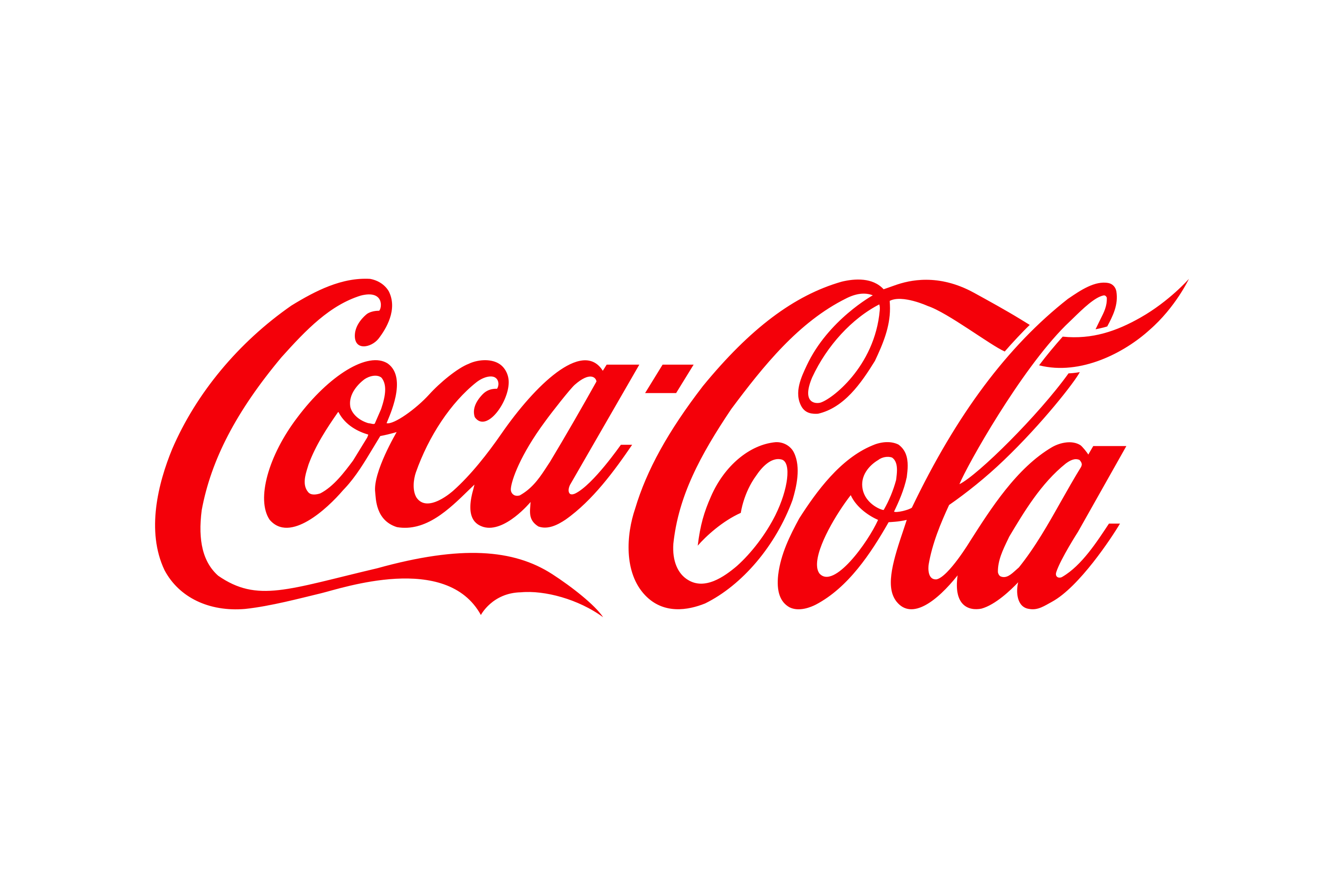
Coca-Cola is known for its ability to evoke emotions and create a sense of nostalgia. Their branding focuses on the idea of bringing people together, celebrating moments of joy, and fostering connections. Through heartwarming commercials, Coca-Cola tells stories that revolve around love, friendship, and shared experiences. These narratives tap into the universal desire for happiness and leave a lasting positive impression on consumers.
Key Takeaway: Highlighting shared values and emotions can forge a deep connection with your audience, making your brand memorable and relatable.
-
Apple – Empowering Creativity and Thinking Differently

Apple’s brand story centers around innovation, creativity, and thinking differently. They have effectively established themselves as advocates for those who question conventional norms and surpass limits.
Apple’s advertisements frequently highlight artists, musicians, and visionaries who have used their products to forge extraordinary masterpieces. By associating their brand with groundbreaking individuals and their stories, Apple cultivates an image of cutting-edge technology that empowers people to unleash their creative potential.
Key Takeaway: Align your brand with a specific mindset or ideology to attract like-minded individuals and differentiate yourself in the market.
-
Patagonia – Advocating for Environmental Conservation
![]()
Patagonia, an outdoor clothing and gear company, has built a brand story around environmental activism and sustainability. Their messaging highlights the importance of protecting the planet and living in harmony with nature.
Patagonia actively engages in social and environmental initiatives, and its campaigns often feature real stories of individuals fighting for conservation. By embodying its values and walking the talk, Patagonia has created a passionate community of environmentally conscious customers who align with its mission.
Key Takeaway: Authenticity and commitment to shared values can attract a loyal customer base and elevate your brand’s impact beyond just products or services.
-
Airbnb – Building a Global Community of Hospitality
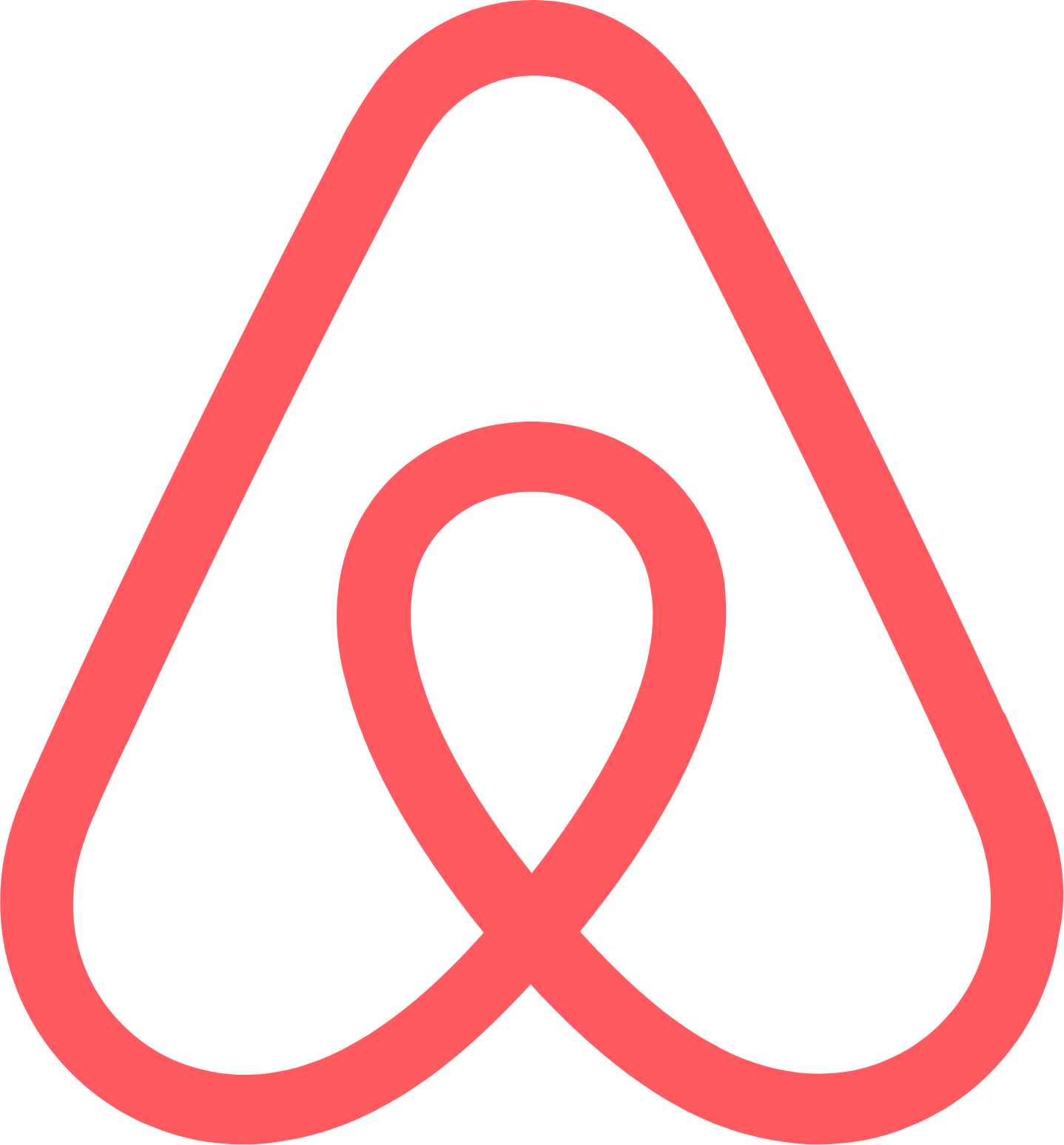
Airbnb, the online marketplace for accommodations, has successfully leveraged the power of story branding to create a global community of hospitality. Their brand story revolves around the idea of belonging, cultural exchange and connecting people from different backgrounds.
Through their marketing campaigns and user-generated content, Airbnb showcases real stories of hosts and guests who have formed meaningful connections and shared transformative experiences. Airbnb highlights personal stories, tapping into the desire for authentic travel experiences. This creates a sense of trust and belonging within their community.
Key Takeaway: Shifting the spotlight onto the experiences and tales of your clientele can aid in cultivating a close-knit community around your story branding while nurturing a profound sense of belonging and confidence.
-
Dove – Promoting Self-Acceptance and Beauty Diversity
![]()
Dove, a personal care brand, has embraced a powerful brand story centered around promoting self-acceptance and embracing beauty diversity. Through their “Real Beauty” campaign, Dove challenges societal beauty standards and celebrates the uniqueness and individuality of women.
Their advertisements and initiatives aim to empower women by highlighting their natural beauty and encouraging self-confidence. Dove addresses a common struggle and champions a more inclusive definition of beauty. This approach has led to immense brand loyalty and sparked meaningful conversations.
Key Takeaway: By addressing societal issues and promoting values that resonate with your target audience, you can build a brand story that inspires and empowers, creating a lasting impact.
-
Kamik – Embracing Nature and Sustainability
![]()
Kamik, a footwear brand specializing in outdoor and winter footwear, has crafted a brand story that embraces nature and sustainability. Their messaging revolves around enjoying the outdoors while protecting the environment.
Kamik showcases its commitment to sustainability through the use of recycled materials, eco-friendly production processes, and partnerships with environmental organizations. Kamik highlights efforts to minimize its ecological footprint, appealing to environmentally conscious consumers. This resonates with those who prioritize sustainable choices in their purchasing decisions.
Key Takeaway: By aligning your brand story with sustainability and showcasing tangible efforts to protect the environment, you can attract environmentally conscious consumers and differentiate your brand in the market.
-
Usersnap – Simplifying Feedback and Collaboration
![]()
Usersnap, a feedback and bug-tracking tool, has developed a brand story centered around simplifying the feedback and collaboration process for businesses. Their messaging emphasizes the importance of effective communication and streamlined workflows.
Usersnap’s story branding example highlights how their software helps teams gather feedback, track bugs, and and enabling seamless collaboration. The emphasis is on improving productivity and delivering enhanced digital experiences. Usersnap addresses the pain points of its target audience. By providing a solution that simplifies complex processes, Usersnap positions itself as a trusted partner in feedback management.
Key Takeaway: Understanding the challenges your target audience faces positions your brand as a reliable and valuable resource. This fosters long-term customer relationships.
Bottom Line
Story branding is a powerful tool for creating a lasting impact in today’s competitive marketplace. By understanding these lessons and applying them to your own brand strategy, you can craft a compelling brand story that resonates with your audience, differentiates your brand, and fosters long-term connections.


















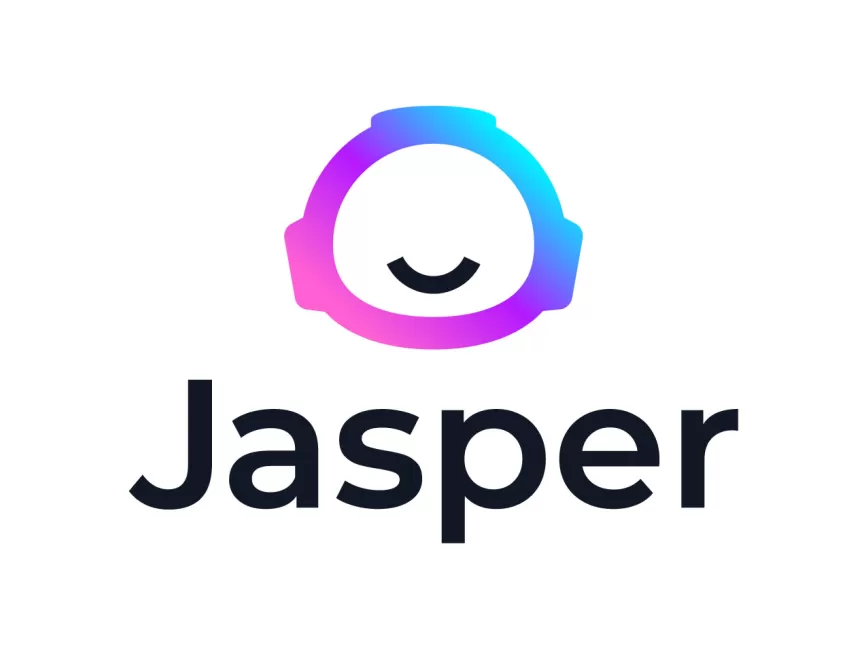

 4.
4.  7.
7.  9.
9.  10.
10. 
 You’re not going to be able to optimize your marketing efforts if you’re unable to identify existing issues and challenges facing your marketing process. Collect and
You’re not going to be able to optimize your marketing efforts if you’re unable to identify existing issues and challenges facing your marketing process. Collect and 